
How to win over DE&I doubters and disruptors
Effective DE&I strategies are proven to enhance performance, yet they still face resistance – perhaps now more than ever. Here’s how to convince the naysayers....
Audio available

by Richard Baldwin, Simon J. Evenett, Carlos Cordon Published December 26, 2024 in 2025 Trends • 10 min read
The global economy is facing potential trade disruptions that could reshape international business for years to come. The return of “America First” policies under a second Trump administration promises to alter the rules of global commerce fundamentally – but perhaps not in the ways its architects envisioned. I believe its impact will be profound but unpredictable. The profound part is simple to see, given the President-elect’s promises to raise tariffs much higher and apply them much more widely than he did in his first term.
The unpredictable part stems from four things.
The unpredictable part stems from four things. First is the retaliation that America’s trade partners will surely enact in reaction to its new tariffs (as they did in Trump’s first term), and Trump’s reaction to their retaliation.
Second is the interaction between his promised fiscal policies (tax cuts, reducing the supply of migrant workers) and his goal of reducing America’s trade imbalance with its key partners (see below).
The third stems from the fact that Trump is pragmatic, not dogmatic, so it’s conceivable that all these shocks may rapidly result in trade deals, rather than trade wars, with at least some of America’s trade partners. Indeed, some of the incoming president’s economic advisors are saying exactly this (although he rarely listened to his advisors during his first term).
The fourth source of potential instability is Trump’s understanding of how tariffs work. This is a contradiction of how they actually work – which may well lead to a comedy of errors that is not funny at all.
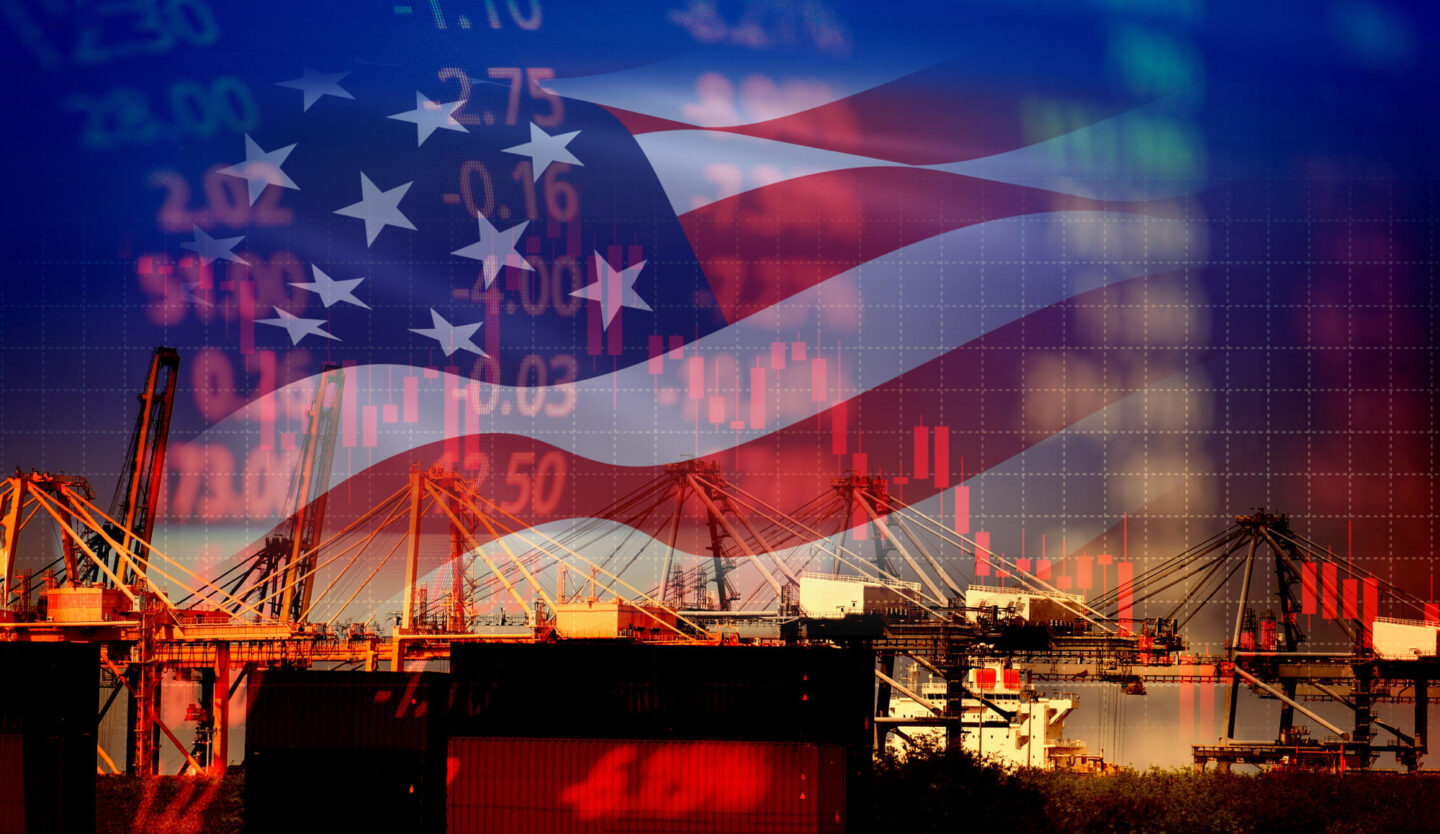
“The US consumes and invests more than it produces.”
Trump’s love affair with tariffs is well-known. He views them as a tool to “punish” trading partners and reduce US trade deficits. However, the economics of tariffs simply don’t align with this belief. Tariffs can alter trade patterns but rarely affect a country’s overall trade deficit. This is determined by macroeconomic factors, specifically the gap between national savings and investment.
Let’s unpack this. The US consumes and invests more than it produces. This gap must be filled by importing goods and capital from abroad, creating a trade deficit. Raising tariffs on imports might shift the composition of the deficit, reducing imports from one country while increasing imports from another, but it won’t eliminate the deficit itself.
This isn’t academic theory: it’s a matter of real-world constraints. Indeed, it is what happened during Trump’s last tussle with China. The US tariffs on China and China’s tariffs on the US resulted in a reduced US-China deficit, but an increase in the trade deficit with all of America’s other trade partners, as shown in Figure 1.
The incoming administration’s promised policies are intended to reduce trade deficits but may well increase them as basic economic realities set the scene for tragicomedy. How that unfolds depends on how the administration reacts to the worsening overall imbalance. Ultimately, this is unknowable, but I believe the following is likely, given how Trump acted last time he was in office:
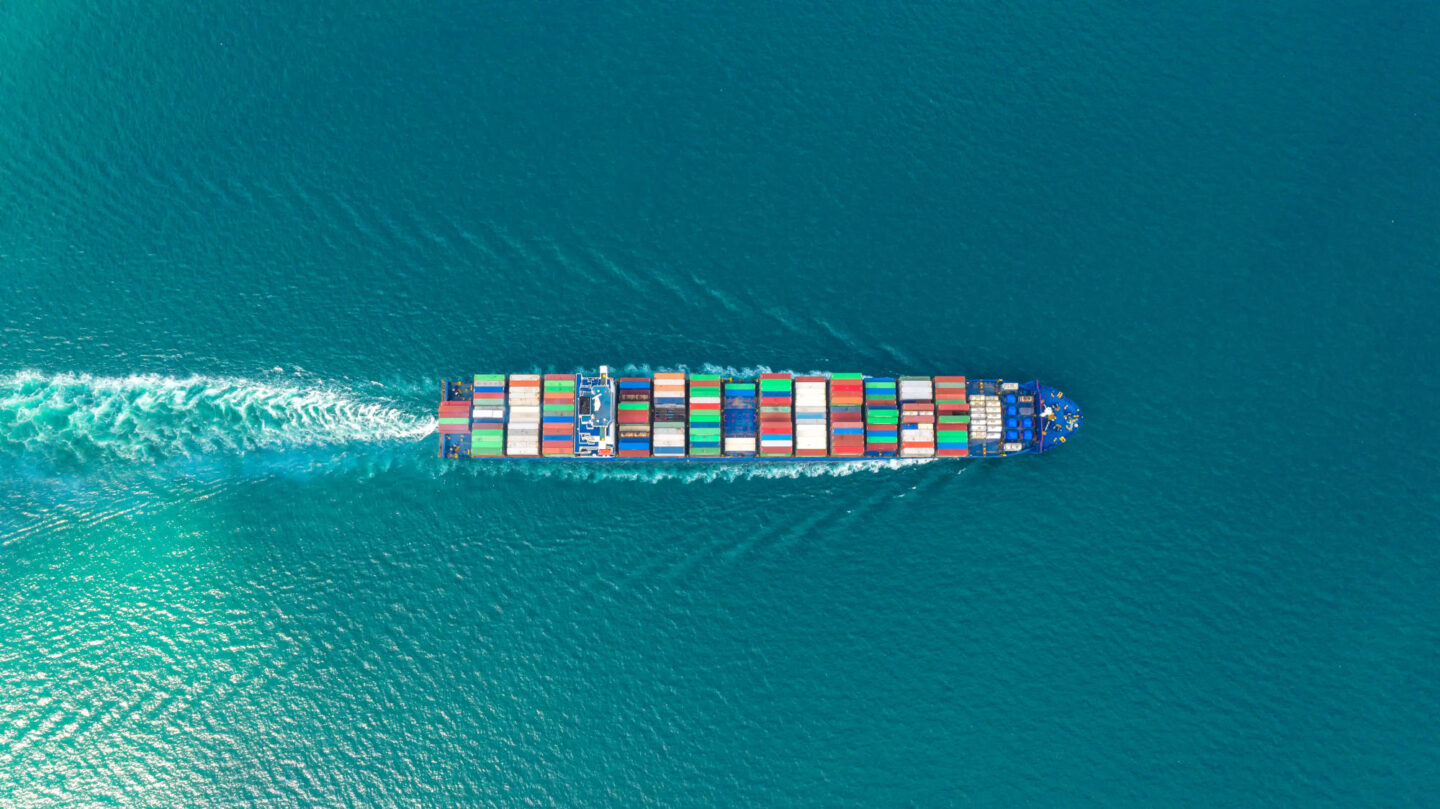
“Leaders must prepare for a world of higher tariffs, unpredictable trade policies, and shifting supply chains.”
The most troubling scenario involves a combination of escalating tariffs and managed trade agreements, leading to an inflationary spiral and a fracturing of global trade. This really would be a tragedy: the misdiagnosis of the disease leads the doctors to prescribe medication that not only fails to improve the patient’s symptoms, but actually makes them worse – and, instead of stopping treatment with the wrong medicine, they up the dose.
The result? A more fragmented, inflationary global economy, with weakened multilateral institutions and heightened geopolitical tensions.
For businesses, the coming years will demand agility and resilience. Leaders must prepare for a world of higher tariffs, unpredictable trade policies, and shifting supply chains. This means diversifying markets, investing in local production where feasible, and staying ahead of geopolitical risks.
For policymakers, Trump’s return underscores the need for smarter trade strategies: ones that address the root causes of trade imbalances rather than blunt instruments like tariffs. The stakes are high, not just for the US but for the global economy. As we head into 2025, the world must brace itself for a turbulent ride.
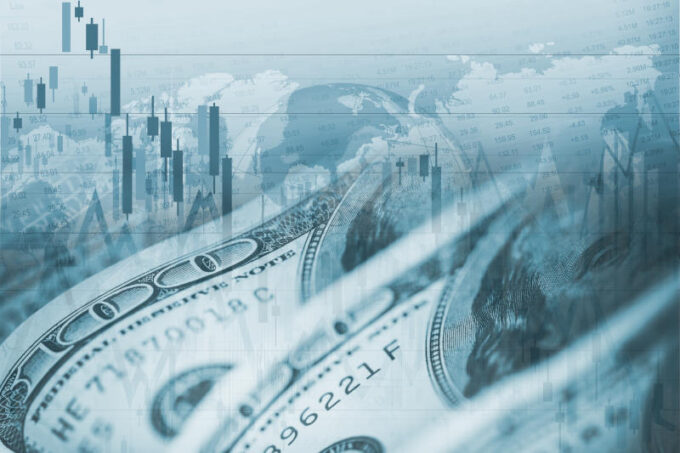
The US currently imports goods worth more than $3tn per year. Should the worst-case scenario outlined by my colleague Richard Baldwin above unfold, loss of access to its markets would have a significant adverse impact on the top-line revenue of many foreign exporters and US subsidiaries based abroad that ship goods home.
Foreign exporters in a sector are more vulnerable to the loss of access to the US market when:
Using international trade data that leverages the UN method of grouping products into “chapters” (best thought of as sectors), a recent Global Trade Alert briefing identifies which lines of business are most vulnerable to future US protectionism. Here the results for the big-ticket sectors where US imports exceeded $100bn in 2022 are reported.
The following suppliers to the US are deemed to be the most vulnerable to higher import taxes of the kind proposed by President-elect Trump:
By contrast, the following sectors are less exposed:
For businesses in Trump’s tariff firing line, proactive preparation is highly recommended. Serious consideration should be given to these options:
The appreciation of the US Dollar will cushion the blow from higher import tariffs.
Planned tax cuts and any investment boom in the US tend to be associated with more –not less – imports, countering the effect of any new import taxes. Plus, the appreciation of the US Dollar will cushion the blow from higher import tariffs. Furthermore, while trade disruption is a drag on global growth, it won’t end the expansion of markets elsewhere.
So, not all is doom and gloom. Deliberate adaptation, rather than panic, will be key to navigating the coming year. The international business community must remain agile, informed, and prepared to pivot quickly in response to evolving trade policy dynamics.
When we talk about trade barriers, a major trend we are seeing right now is that companies everywhere are looking at their footprint not simply in relation to their warehouses and factories, but also that of their suppliers. Where are they based? What disruption might be coming to markets there? What are the implications of geography?
Not so long ago, manufacturers tended to have one factory producing pretty much everything. (Take Apple, for example, which had one factory in China for the whole world).
Today, the strategy is to have factories in many places because firms need to be close to the markets they supply. That means they need to have a compliance department in the supply chain because, if they want to source or sell parts or a product in a particular country, they must consider what they are allowed to source and sell there.
Lego is a good illustration of this trend. It had a factory in Monterrey, Mexico, manufacturing bricks for the whole of the Americas. In the wake of new tariffs that would impact US imports from Mexico, Lego decided to put a factory in the US. This is the same picture everywhere: supply chain planning has suddenly become a nightmare.
Establishing a new factory in a new geography is a major investment and a crucial strategic decision. How long does the factory need to be productive? Ten, 15, or 20 years? But how long are the trade tariffs going to be in place? And which countries will they apply to? It’s very difficult to say.
Global trade is becoming very complex, because we know that, in the midterm, we are going to get more and more tariffs and more and more restrictions. This means we need to rethink the whole idea of globalization.
From a supply chain point of view, this creates the need to be much closer to the market and the consumer (but, of course, some supply chains are global by nature – we eat more chocolate per capita in Switzerland than any other country in the world, but we can’t grow cocoa here).
All this means that global-scale operations will be fewer, and firms will be obliged to make massive investments everywhere.
We will need to extract three times as much bauxite, aluminum, iron, and so on to manufacture electric vehicles and build renewable energy infrastructure, such as wind farms and solar panels.
This has big implications for sustainability. If the world wants to become sustainable by 2050, huge investments in raw materials production are necessary. We will need to extract three times as much bauxite, aluminum, iron, and so on to manufacture electric vehicles and build renewable energy infrastructure, such as wind farms and solar panels.
Doing so, however, is complex for reasons other than the investment required. A new mine requires the approval of its neighbors, regulators, and other stakeholders. The huge demand for these materials is also going to create scarcity, so prices are going to rise.
Complicating this scenario is Trump’s rallying call to the fossil-fuel industry to “Drill, baby, drill.” If the US acts on his declared intention to continue to extract and use more oil and gas, will sustainability still be on the global agenda? Or will other countries who are holding fossil-fuel reserves feel obliged to use them to remain globally competitive?
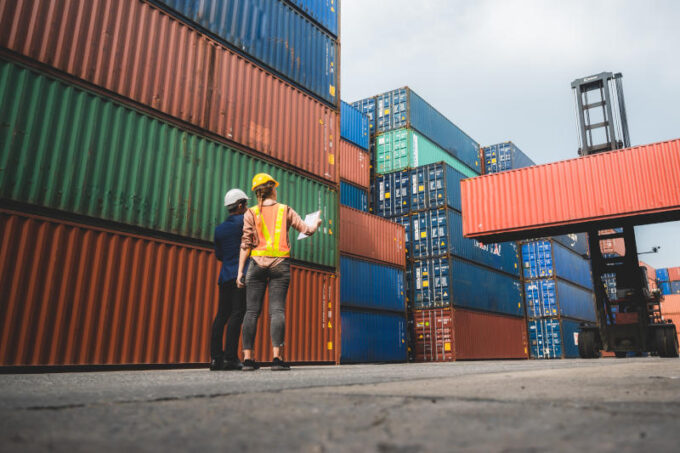
Not so long ago, there was a widely shared belief that more globalized supply chains would usher in an age of peace and security. According to this theory, if we are all trading partners and doing business with each other, there will be less interest in going to war with one another.
Following the establishment of the European Union trading bloc and the modern incarnation of the Pax Americana, there were many fewer wars involving the “powers” than in the previous millennium – but we may be about to see an end to this era of relative peace.
Questioned about salient voter issues on the eve of Bill Clinton’s successful 1992 presidential election campaign, his campaign strategist James Carville famously said, “It’s the economy, stupid.” Back then, there was no feedback loop between geopolitics and supply-chain logistics – if the global supply chain was working, growth would follow, and everything would be ok. Manufacturers could make things, marketers could market them, and salespeople could sell them. This is no longer the case. With regard to the supply chain, you need to look at global politics and try to understand what on earth is going on.
The other surprising development is that the whole area of the supply chain has become very technical and driven by engineering. If you are making investments with a five-, 10-, or 15-year horizon, you must look at trends over a much longer period – which means trying to predict the long-term impact of political events that are very uncertain right now.
In the supply chain world, we used to say we only like surprises for birthdays – but now we get new ones every day. It might be a new tariff, barrier, or environmental regulation – and that’s when things become extremely volatile and very difficult to predict.

Professor of International Economics at IMD
Richard Baldwin is Professor of International Economics at IMD and Editor-in-Chief of VoxEU.org since he founded it in June 2007. He was President/Director of CEPR (2014-2018), a visiting professor at many universities, including MIT, Oxford, and EPFL, and a long-time professor of international economics at the Graduate Institute in Geneva. Richard is an expert in global economic policy and theory, specializing in international trade.

Professor of Geopolitics and Strategy at IMD
Simon J. Evenett is Professor of Geopolitics and Strategy at IMD and a leading expert on trade, investment, and global business dynamics. With nearly 30 years of experience, he has advised executives and guided students in navigating significant shifts in the global economy. In 2023, he was appointed Co-Chair of the World Economic Forum’s Global Future Council on Trade and Investment.
Evenett founded the St Gallen Endowment for Prosperity Through Trade, which oversees key initiatives like the Global Trade Alert and Digital Policy Alert. His research focuses on trade policy, geopolitical rivalry, and industrial policy, with over 250 publications. He has held academic positions at the University of St. Gallen, Oxford University, and Johns Hopkins University.

Professor of Strategy and Supply Chain Management
Carlos Cordon is a Professor of Strategy and Supply Chain Management. Professor Cordon’s areas of interest are digital value chains, supply and demand chain management, digital lean, and process management. At IMD, he is Director of the Strategies for Supply Chain Digitalization program.

May 22, 2025 • by Josefine van Zanten, Luca Condosta in 2025 Trends
Effective DE&I strategies are proven to enhance performance, yet they still face resistance – perhaps now more than ever. Here’s how to convince the naysayers....
 Audio available
Audio available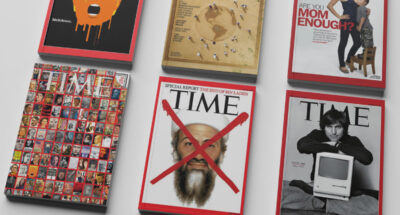
April 22, 2025 • by D W Pine in 2025 Trends
Responsible for TIME magazine’s iconic covers, D W Pine explores his creative process and shares insights on how to cut through the noise and make an impact....

February 7, 2025 • by Carlos Cordon in 2025 Trends
President Trump will be erratic, warns IMD’s Carlos Cordon, so supply chain leaders must be prepared to work with what he gives them...

February 3, 2025 • by Natalia Olynec in 2025 Trends
Warnings about alcohol’s harms by medical experts are nothing new. But the drinks industry is now taking sobriety seriously by investing in a growing range of alternative products....
Explore first person business intelligence from top minds curated for a global executive audience